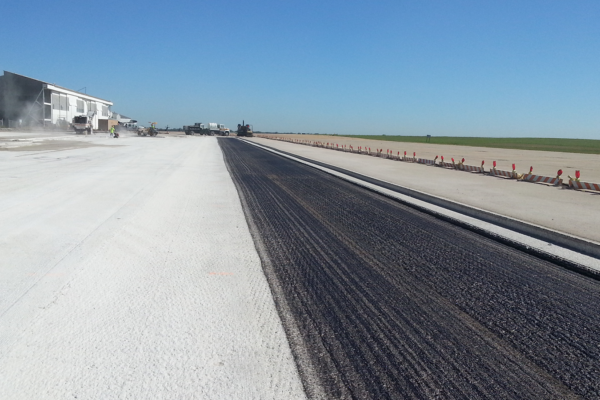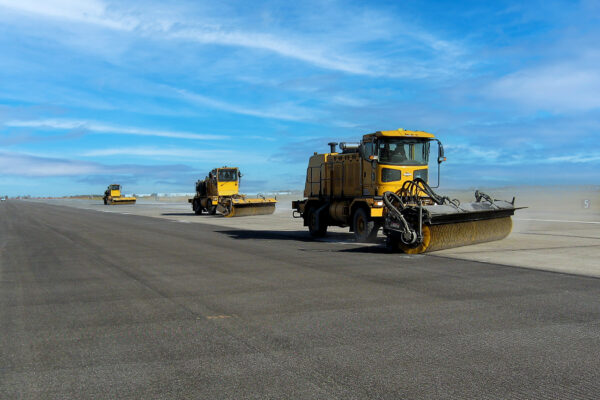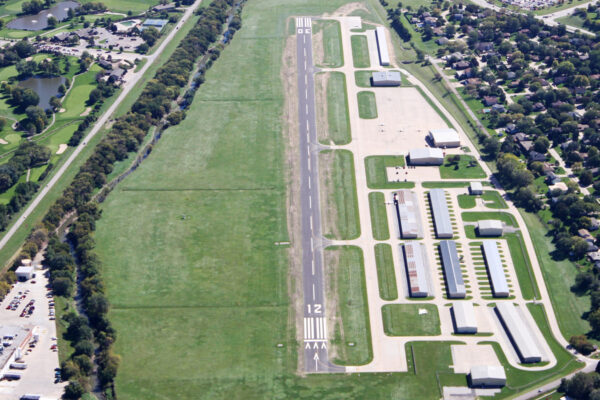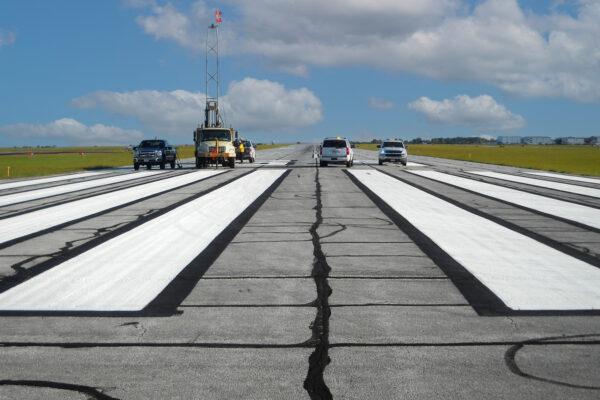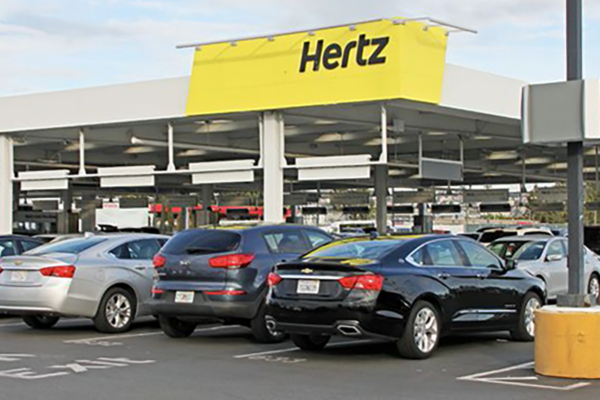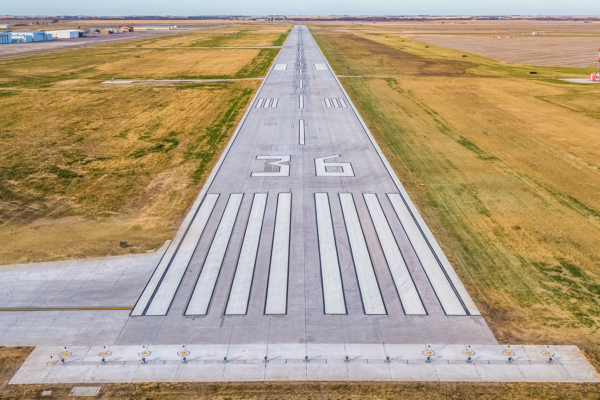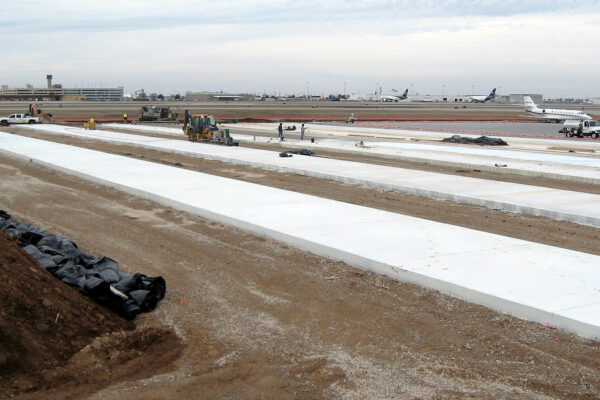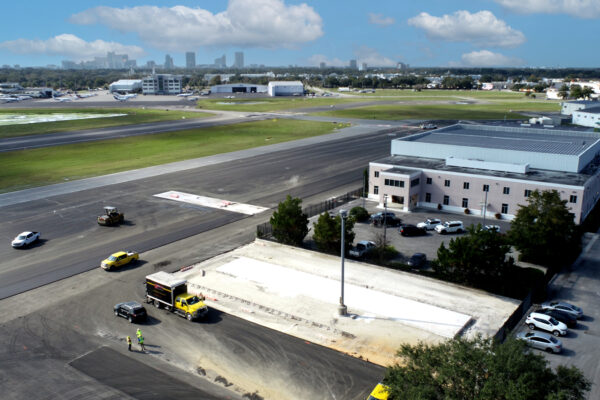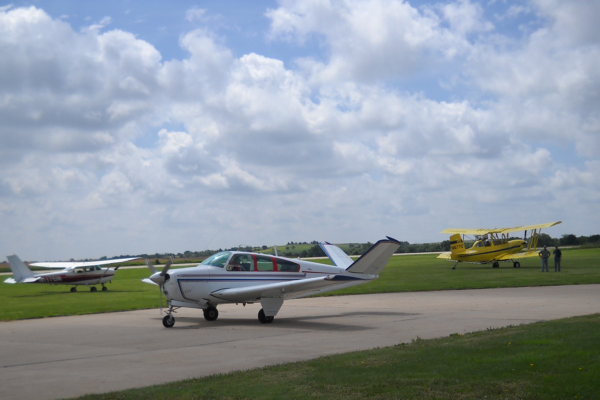Beatrice Municipal Airport Runway 18/36
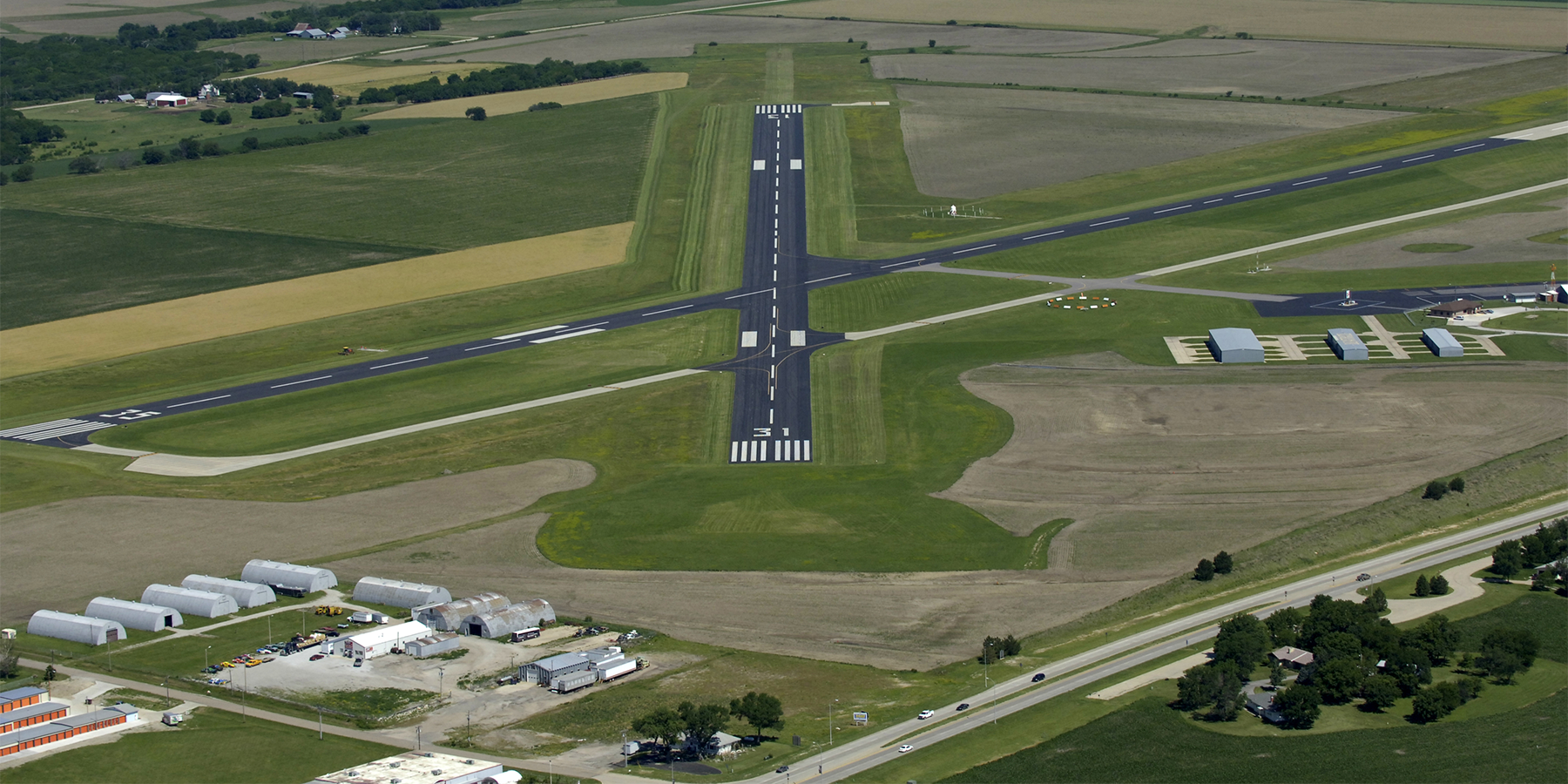
This runway pavement project leveraged an innovative design approach not often used within the aviation industry. During the design phase, Benesch evaluated seven different pavement section alternatives ranging from a minimal four-inch mill with new asphalt overlay all the way to complete reconstruction starting from the subgrade up. New pavement structure options costs were evaluated not only based on initial cost, but also on 20-year life cycle costs accounting for the routine maintenance needed on asphalt and concrete surfaced pavements. The selected alternative provided an economical—and ‘green’—solution that would reuse the majority of existing pavement structure materials.
The existing runway pavement section, prior to the new reconstruction work, consisted of the following pavement section: seven-inch ACC Overlay, six-inch PCC Concrete and nine-inch P-154 (sand) aggregate base. Based on the selected pavement section, Benesch ultimately designed the project to first mill off the top eight inches of the existing pavement structure. The millings were then screened (to a required gradation) and stockpiled on-site for re-use during the project. Then, the remaining existing PCC concrete was rubblized and seated in order to create a granular base course out of the existing PCC pavement.
A test section was performed during the rubblization process to ensure the size of the rubblized material met the project specifications. After the existing concrete was rubblized and seated, a two-inch thick leveling course of the screened millings was added on top of the rubblized base course. The millings leveling course was added as a layer that could be trimmed to grade by the contractor during preparation operations for concrete paving. The “trimmable” layer was designed due to difficulties associated with trimming rubblized concrete aggregate without pulling out larger pieces of the rubblized material.
Lastly, following the completion of the two-inch screened milling layer, a new six-inch P-501 concrete surface layer was constructed.

